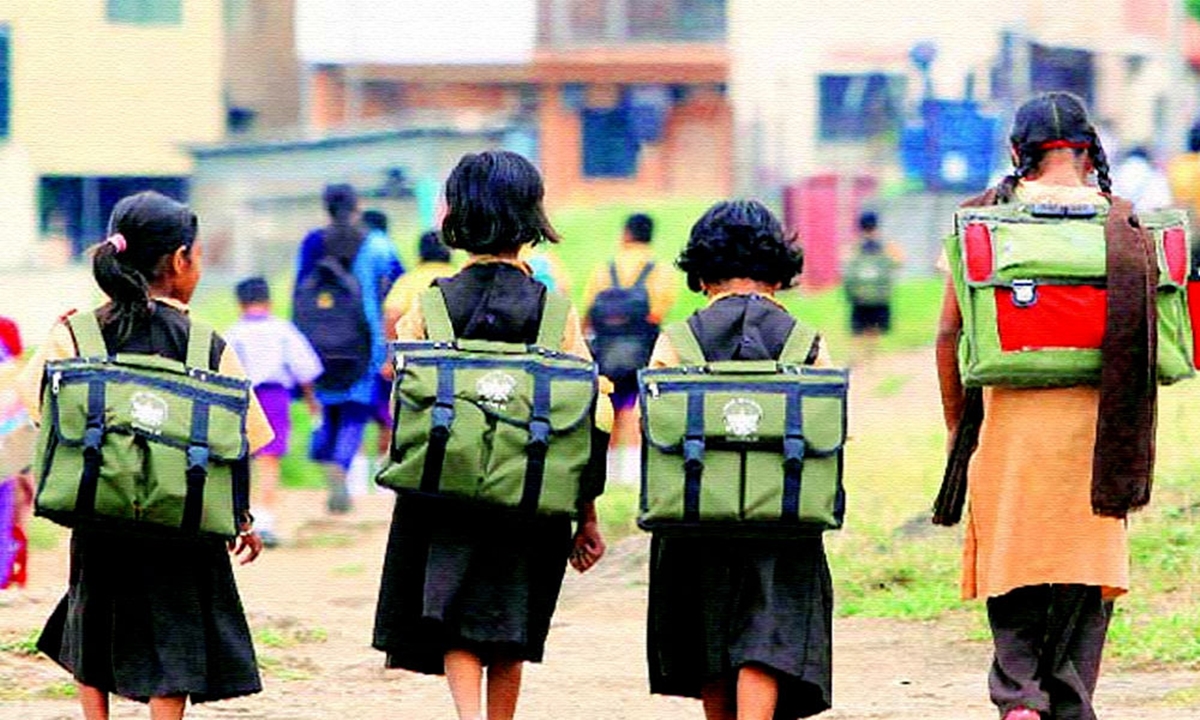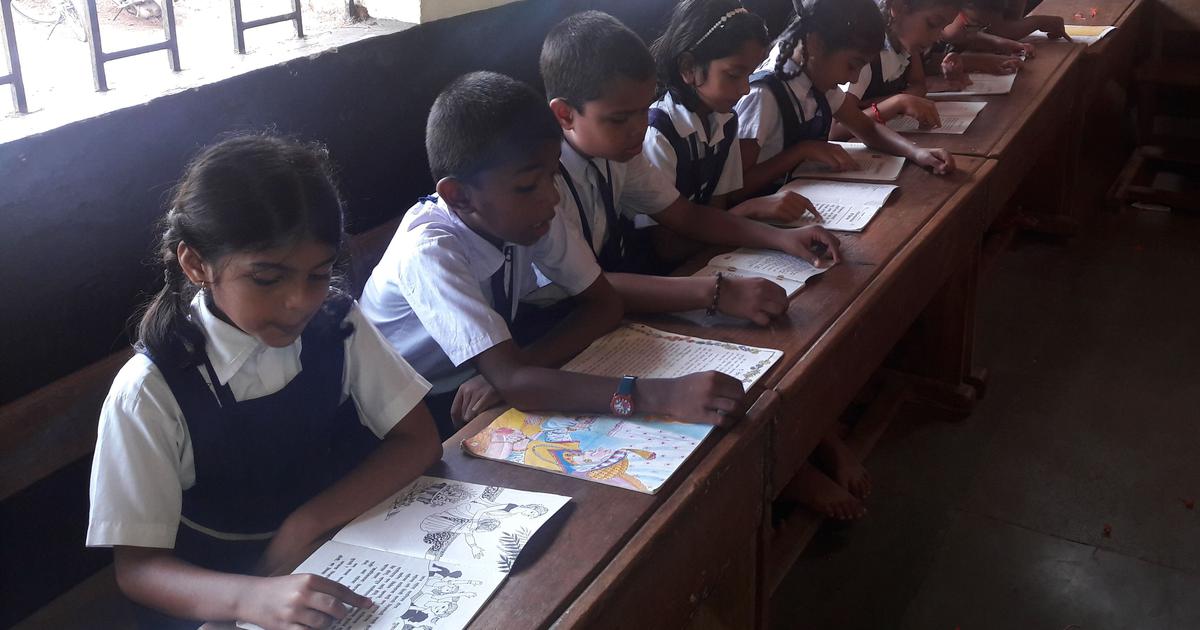
Teachers During the COVID-19 Pandemic
A litmus test for teachers
The schools across the country have opened and the missing sound of joy from children playing in the school compounds are back. The process of teaching-learning is back to the pre-COVID times with teachers taking classes in the classrooms instead of zoom screens or WhatsApp messages. However, the past two and a half academic years have been a time of litmus test for the teachers wherein they had to experiment with new pedagogy methods and also make sure that the children are continuing the learning in their packed homes. In this blog, I have tried to shed light on the nature of the role and duties of teachers and how they coped with the process of teaching-learning and administrative responsibilities during the pandemic.
A few months ago I was in the rural hinterlands of Chhattisgarh and Maharashtra and I met many teachers there. This is how most of them summarised their days during the peak of the pandemic – “The day starts with planning and setting up the device and the content for the children, by 9 AM we start the class and get over with the class by 11 AM, then we have an hour session of doubts clearing. Once the class is over, we along with the Accredited Social Health Activists (ASHAs), Auxiliary Nurse Midwives (ANMs) and panchayat representatives visit the villages raising awareness, surveillance and monitoring and organising panchayat-level quarantine and isolation centres, etc. till the end of the day.” Such a routine was common for almost all government school teachers across the country.
The conditions for the teachers were very difficult since most of them had to adapt to the unexpected conditions in unprecedented ways. Their roles and responsibilities were rapidly evolving, becoming in many ways more difficult than in the pre-COVID times. I have become aware of the following challenges that the teachers had to overcome during this time:
Pedagogical Adaptations
The traditional in-person classroom learning model was converted into a remote learning environment where teachers had to be creative and had to adapt to their practices to keep students engaged. This was important because each household had become a classroom without an environment that supports learning. However, such an adaptation was very difficult because of the lack of resources, and necessary skills, and with very limited systemic support from the government. For example, many teachers reported that the teaching on a zoom screen doesn’t elicit the same level of enthusiasm and interaction as a classroom and this made the process of teaching-learning very boring. Teachers also came up with multiple content formats, which included booklets, worksheets, small videos, and audio recordings that could be sent through WhatsApp that did not require a textbook and face-to-face teaching but again the effectiveness of such methods was very limited.
Digital Divide
There was poor digital access for teachers too. It should be noted that modes of online teaching were not a regular feature of the public school system during pre-covid times and this resulted in teachers having inadequate knowledge about the online learning platforms. The teachers found it difficult to engage at great lengths in the online classrooms and this made the teaching-learning ineffective during the pandemic for the children. For example, a teacher in Chhattisgarh told me – “Of two hours which I have scheduled for online classes in a day, more than half the time goes in making sure that the children are able to hear me properly and they are not missing out on something because of low bandwidth in the network. This is all very scary for me because I am not sure what is happening on the other side of the screen which is often not the case in a classroom.”
The central government in order to support the children and to promote the remote learning, launched several e-learning initiatives like DIKSHA, e-PATHSHALA, SWAYAM, and SWAYAM PRABHA but the teachers received very limited guidance and support in navigating the overwhelming content on these e-learning platforms. I found during my interactions with the teachers that the content on such platforms were not context specific and it was very difficult for them to follow it.
Administrative Responsibilities
With the responsibilities of teaching-learning, the teachers were involved in many sets of administrative responsibilities too – they were involved in general assembly elections and bye-elections in 2020, 2021, and 2022; they were involved in panchayat elections in Uttar Pradesh and other states, and; they were also involved in raising awareness and monitoring and organising quarantine and isolation centres, and more. Again, they carried out all these responsibilities with limited support from the government during the pandemic. This was evident from the claim of the Primary Teacher’s Union in Uttar Pradesh which claimed that close to 1600 teachers died during the polling duty in local elections in April 2021.
However, with all the challenges and uncertainties there were teachers across the country who were silently doing what they felt was desperately needed for the children’s education during the pandemic – running classes under trees, on the mountain slopes, in abandoned buildings, in religious places, etc. – for some key vulnerable groups such as children from remote rural areas, from extremely poor households, from marginalised communities, from urban slums, and for children with disabilities and their contribution to continue the teaching and learning is commendable and shows the level of commitment the teachers have for their children.
Moving ahead, the roles and responsibilities of the teachers are going to be much more instrumental in the continuance of the education of the children. It is time that the government and non-governmental institutions come forward in empowering the teachers by investing in the necessary skills development and capacity building. We all know how India’s dysfunctional teacher education system leaves our teachers ill-prepared but there is a glimmer of hope if the local educational institutions like District Institutes of Educational Training (DIETs) and Block and Cluster Resource Centres (BRCs and CRCs) plan to work with the teachers at the grassroots level and recognise their efforts during the pandemic by making them partners in identifying challenges, searching for solutions, planning how the challenges can be overcome, drawing up detailed context-specific plans and making sure adequate human and financial resources are allocated.


